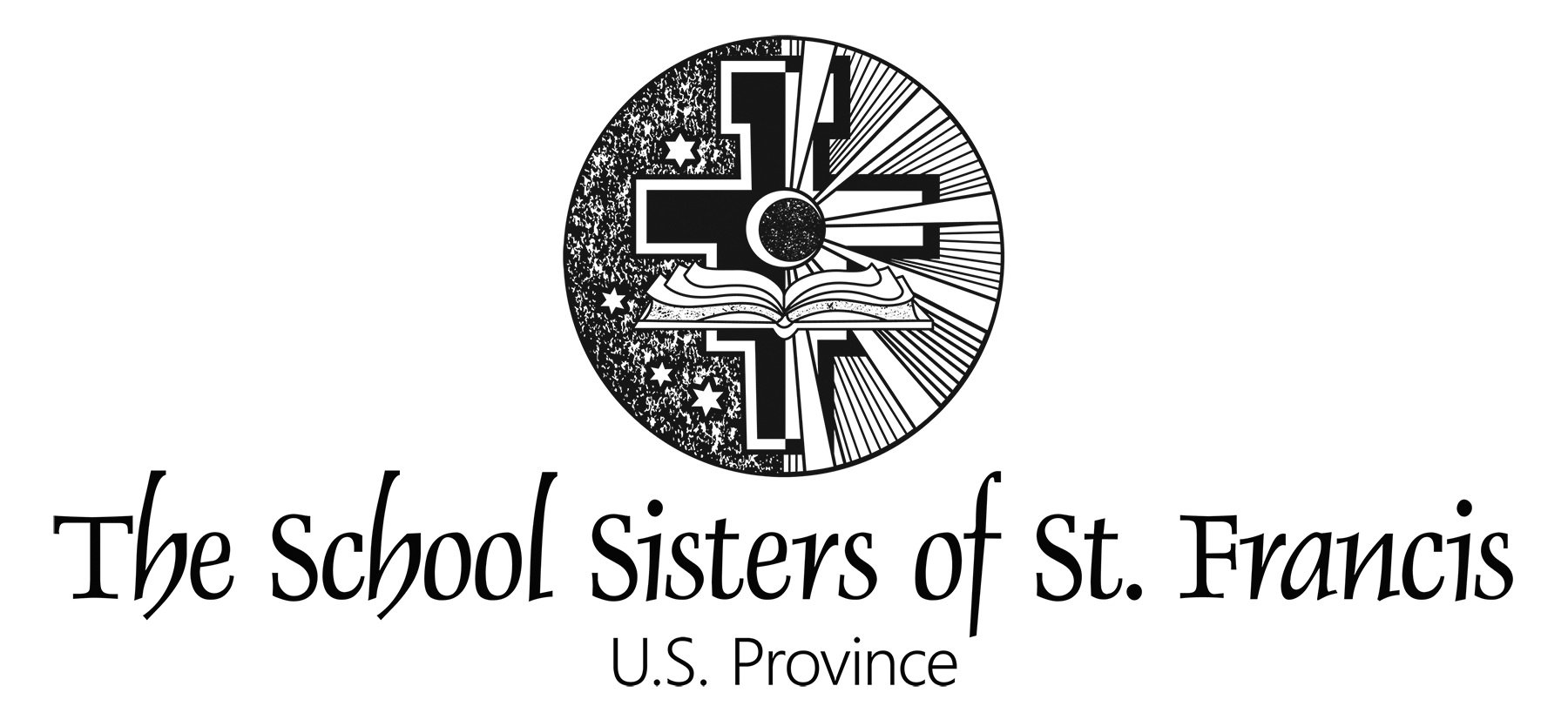The Day That Jesus Dropped By
sister amata shina recounts the year that
her family welcomed a very special easter visitor
Sister M. Amata Shina, OSF
Palm Sunday, Holy Week and Easter Sunday were special days in our home when I was growing up. We attended all the church services during Holy Week. On Good Friday, we were in church for the three hours agony from noon until 3 p.m. On Good Friday, Mom would prepare the foods that would get blessed — she baked the bread, baked the ham, cooked the kielbasa, made the Easter cheese, and prepared all the little extras that would go into the Easter basket.
Then on Holy Saturday morning, Mom would put all these foods into the basket — those already mentioned plus hard-boiled eggs, horse radish, beets with horse radish, a salt shaker, butter in the shape of a lamb. She covered the basket with her best embroidered piece of linen and off we would go about 2 p.m. to get our Easter food blessed.
“We had to be extremely careful not to let bread crumbs fall on the floor, as the bread was blessed.”
When families uncovered their baskets so the pastor could bless the food, the church smelled so-o-o-o good — the ham and kielbasa especially. Some families ate their blessed food on Saturday for the evening meal. In our home, we ate the blessed food on Easter Sunday. We would go to the 8 a.m. Mass and have our blessed food when we came home. Mom would put all the food in a big bowl in the middle of the table, and family members would take their food from that common bowl. We had to be extremely careful not to let bread crumbs fall on the floor, as the bread was blessed.
I especially remember one Easter morning while we were eating breakfast, there was a knock at our door. Mom answered the door to find a beggar standing there asking for something to eat. In those days when I was growing up, it was not uncommon for a beggar to knock on your door and ask for food. Mom never invited these beggars into the house. Rather, she would ask them to sit on the porch and took the food out to them.
Because it was Easter Sunday, Mom said that Jesus had come to visit us while we were eating breakfast. He was asking for something to eat because He was hungry. Mom invited him into the house, seated the beggar at the table with us, served him on her best dishes and shared the blessed food with him. As a family, we felt so blessed, and I shall never forget that incident. The Risen Jesus visited us that Easter Sunday!
Sisters Amata (right) and Rosaria Shina as children.
SYMBOLISM OF a traditional EASTER BASKET for blessing
Traditional Eastern European Pascha baskets are taken to the midnight service on Holy Saturday and blessed, and their contents enjoyed at a feast afterwards. Delicacies not usually eaten during the Lenten fast are placed in a wicker basket, covered with linen and accompanied by a lit candle. Here is what each item represents:
Bread
Christ Himself, our true bread
Cheese
The moderation that Christians
should have in all things
Ham
The great joy and abundance of Easter
Butter
The goodness of Christ that
we should have toward all things
Kielbasa or Other Sausage
God’s flavor and generosity
Bacon
The overabundance of God’s mercy to us
Eggs
New life and resurrection
Salt
Christian duty to others
Horseradish
The Passion of Christ
With inspiration from a 1979 article penned by Father Basil Kraynyak, Father Jonathan Bannon created a special infographic to show the elements of a traditional Easter or Pascha basket.





